The aim of this project is to build a display unit, which can display characters (hex digits) when given a binary input. Built only with discrete transistors, LEds, etc. it will work through multiplexing, showing each 7-segment character one by one, in quick succession, so it will seem to eye as if it displays all characters simultaneously.
First iteration was building 8 character display, but it was a fail (due to its great size, complexity and mismatch of different modules, as well as flexibility of big board which resulted in breaks of several connections). I think now, it was too ambitious.
Current iteration is 4 characters, made of several smaller and more rugged boards, and this made it possible to become functional.
 Pavel
Pavel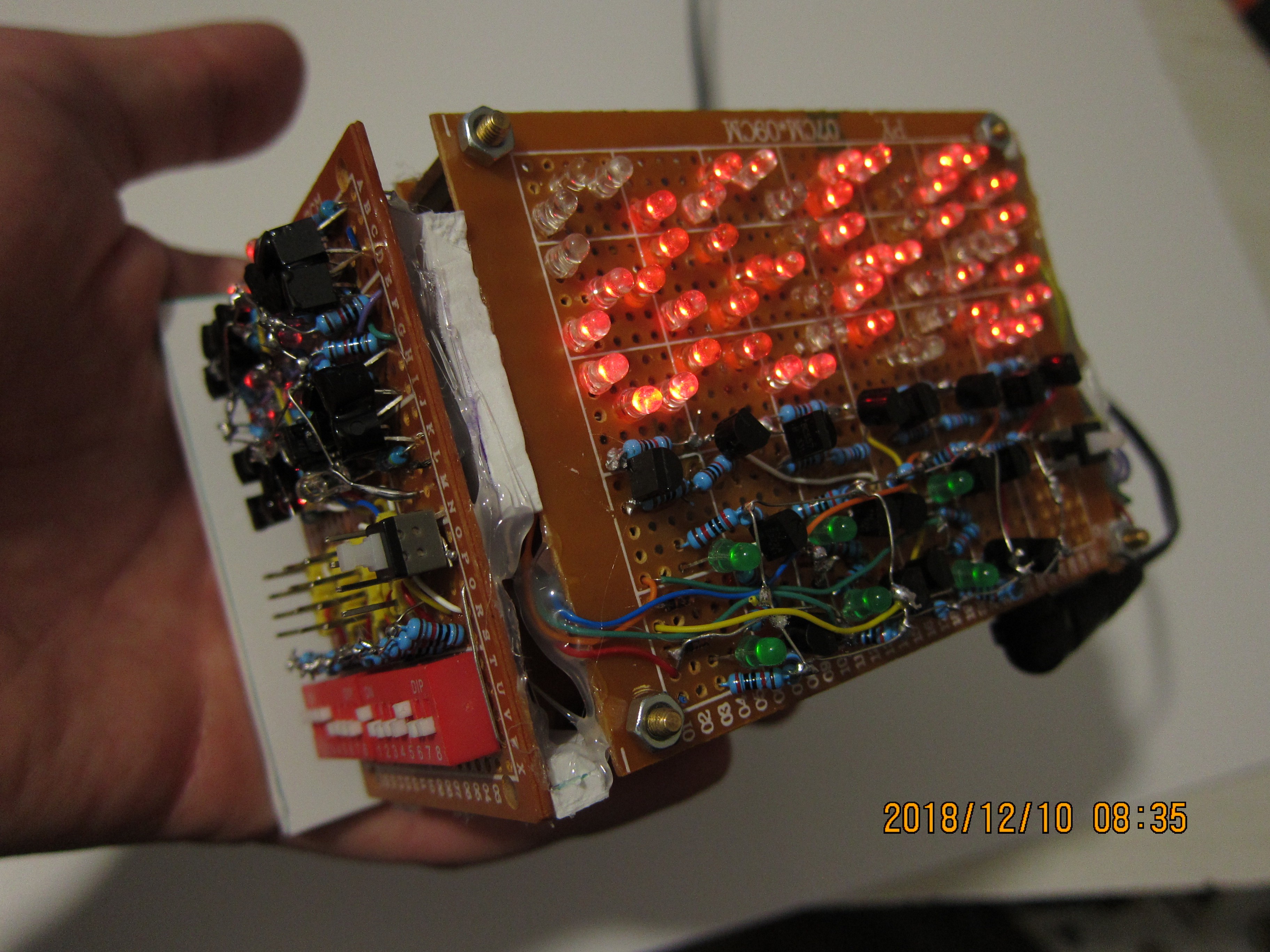

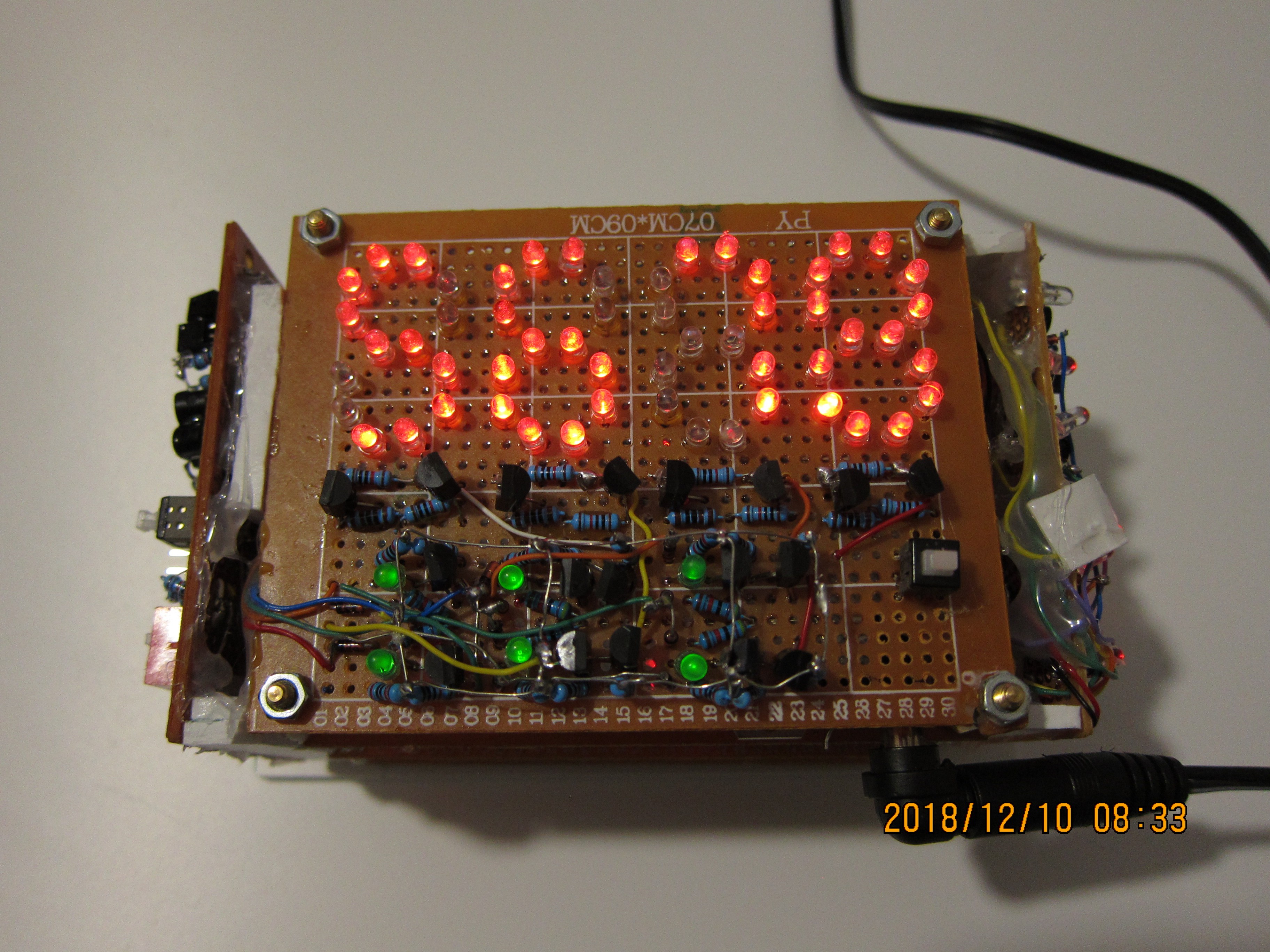
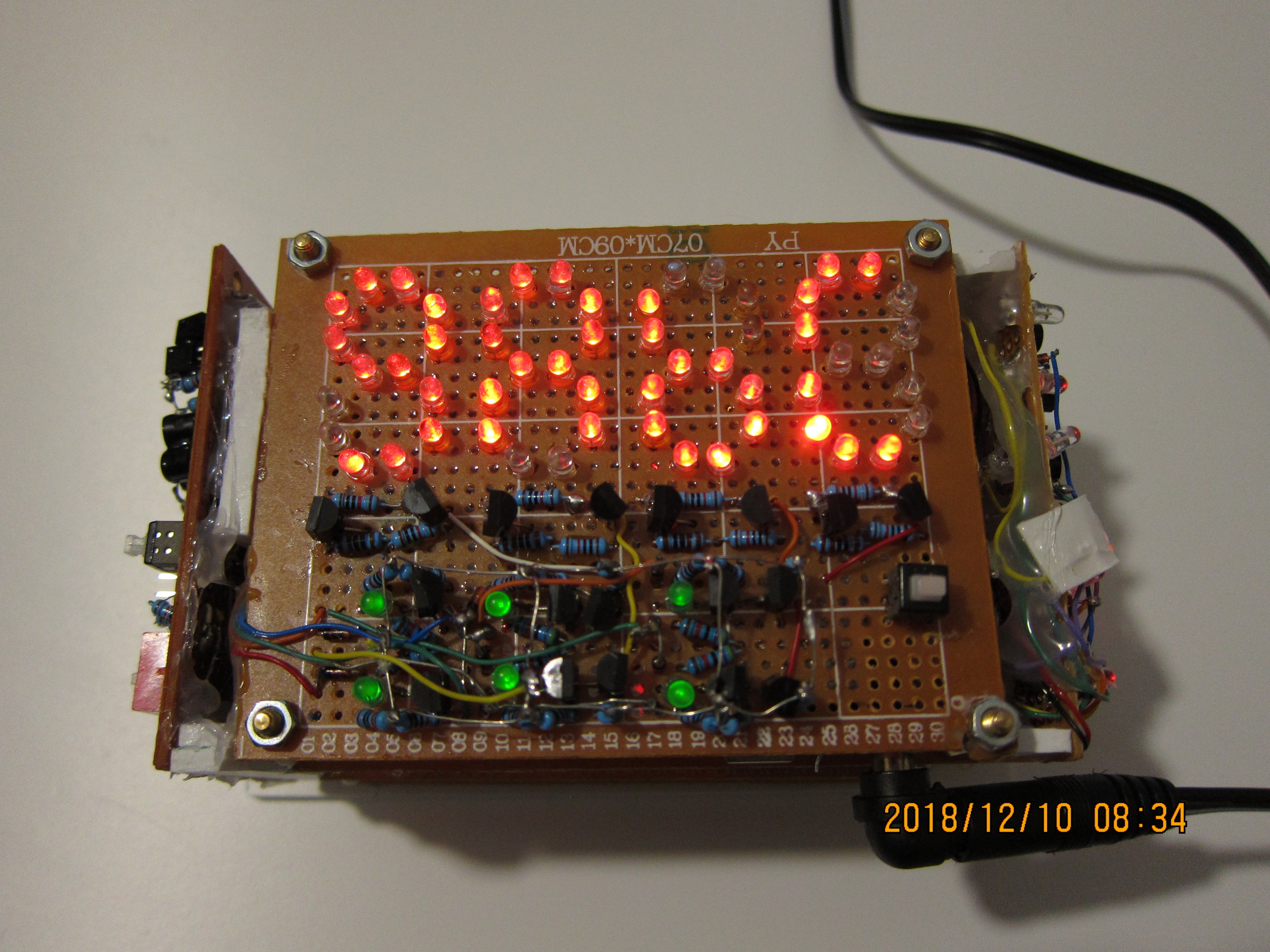
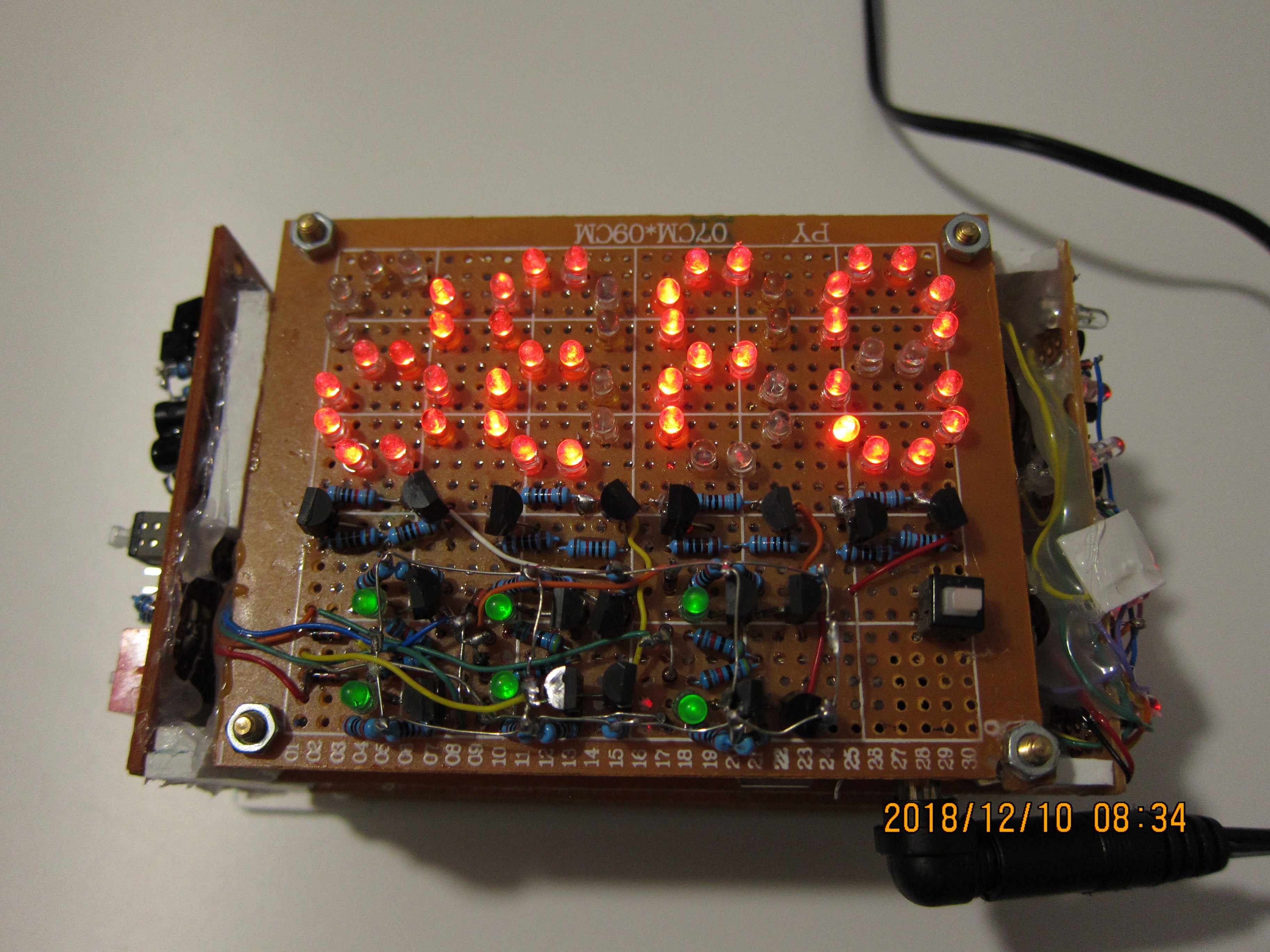


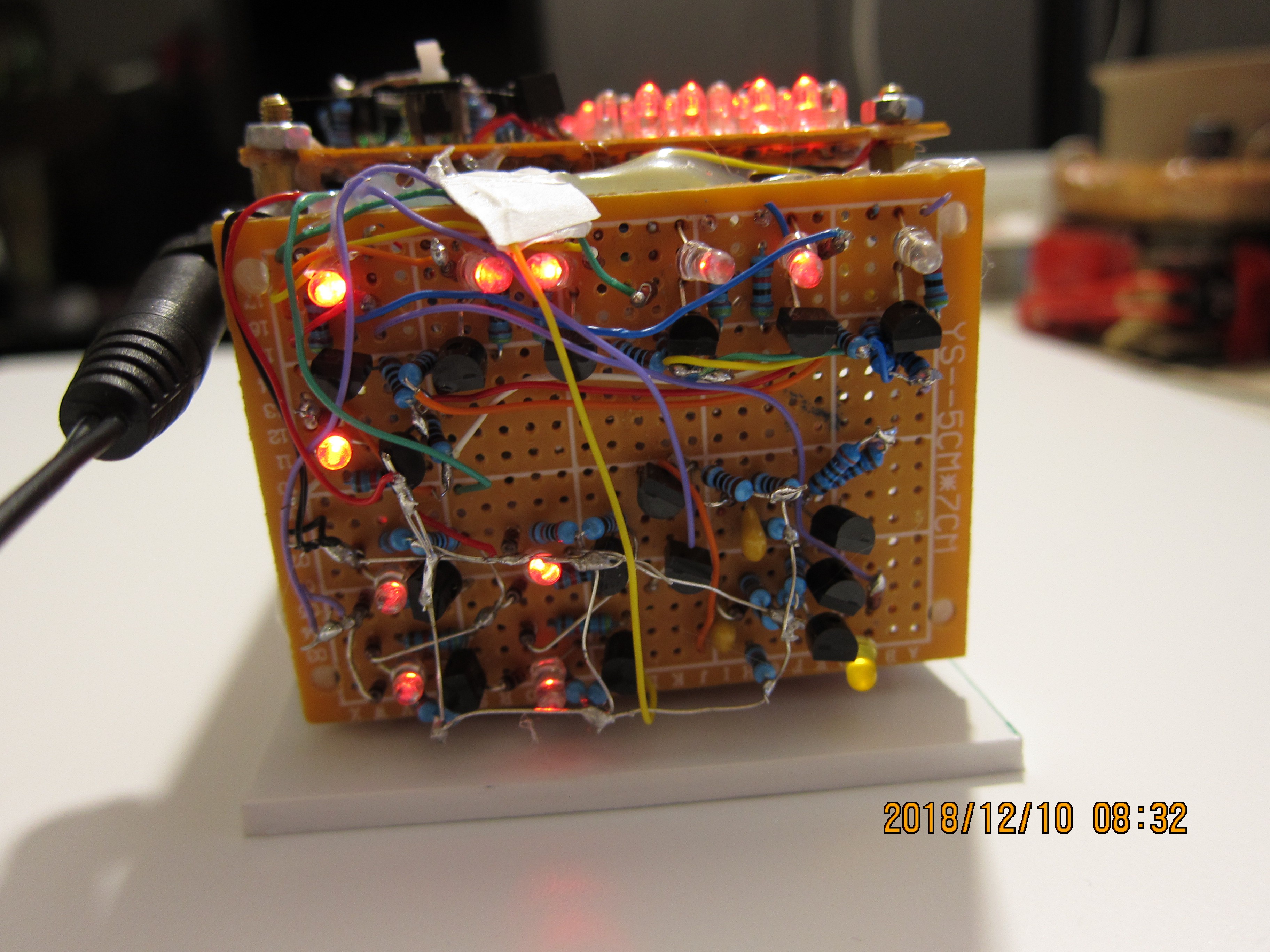
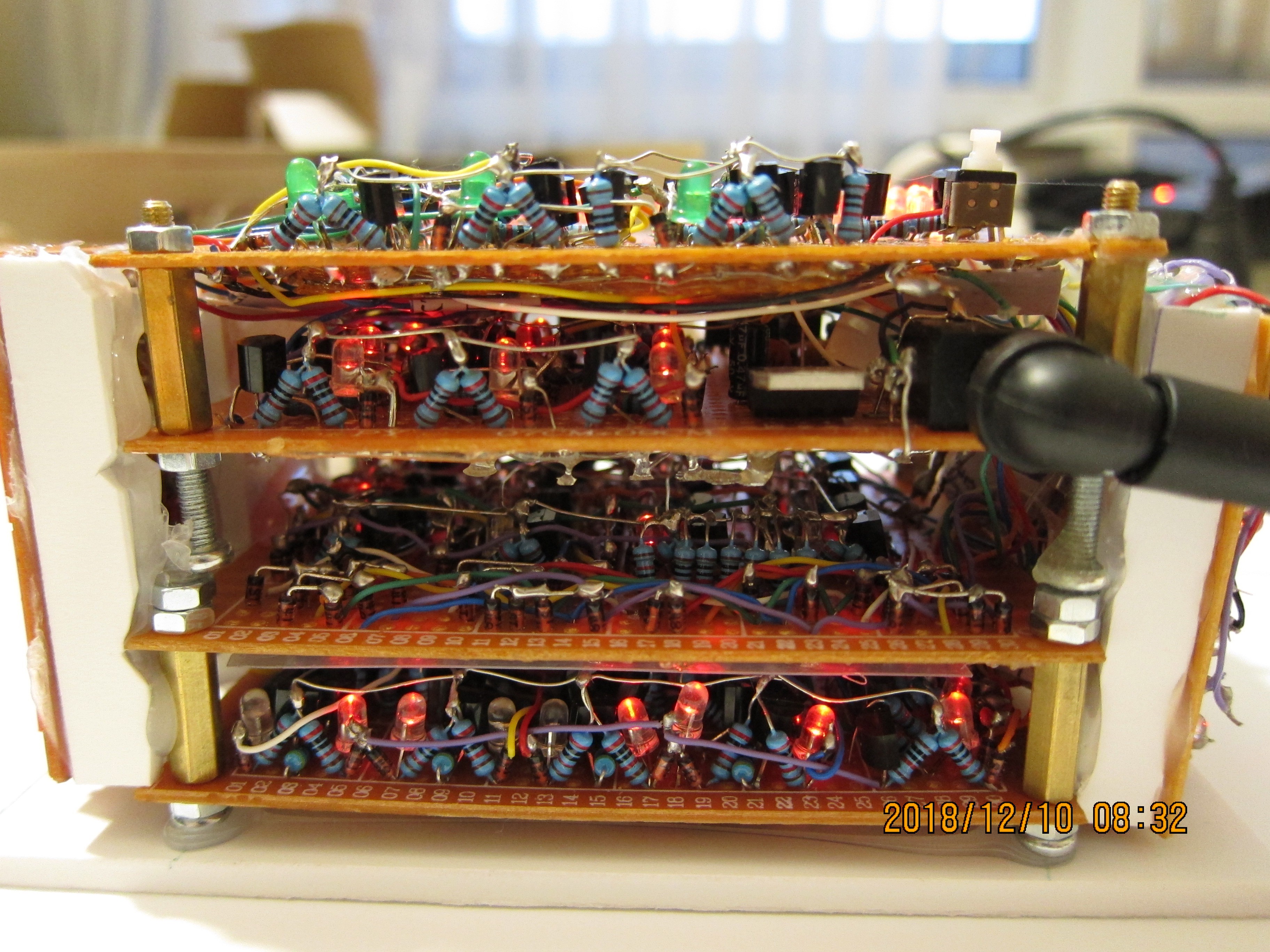
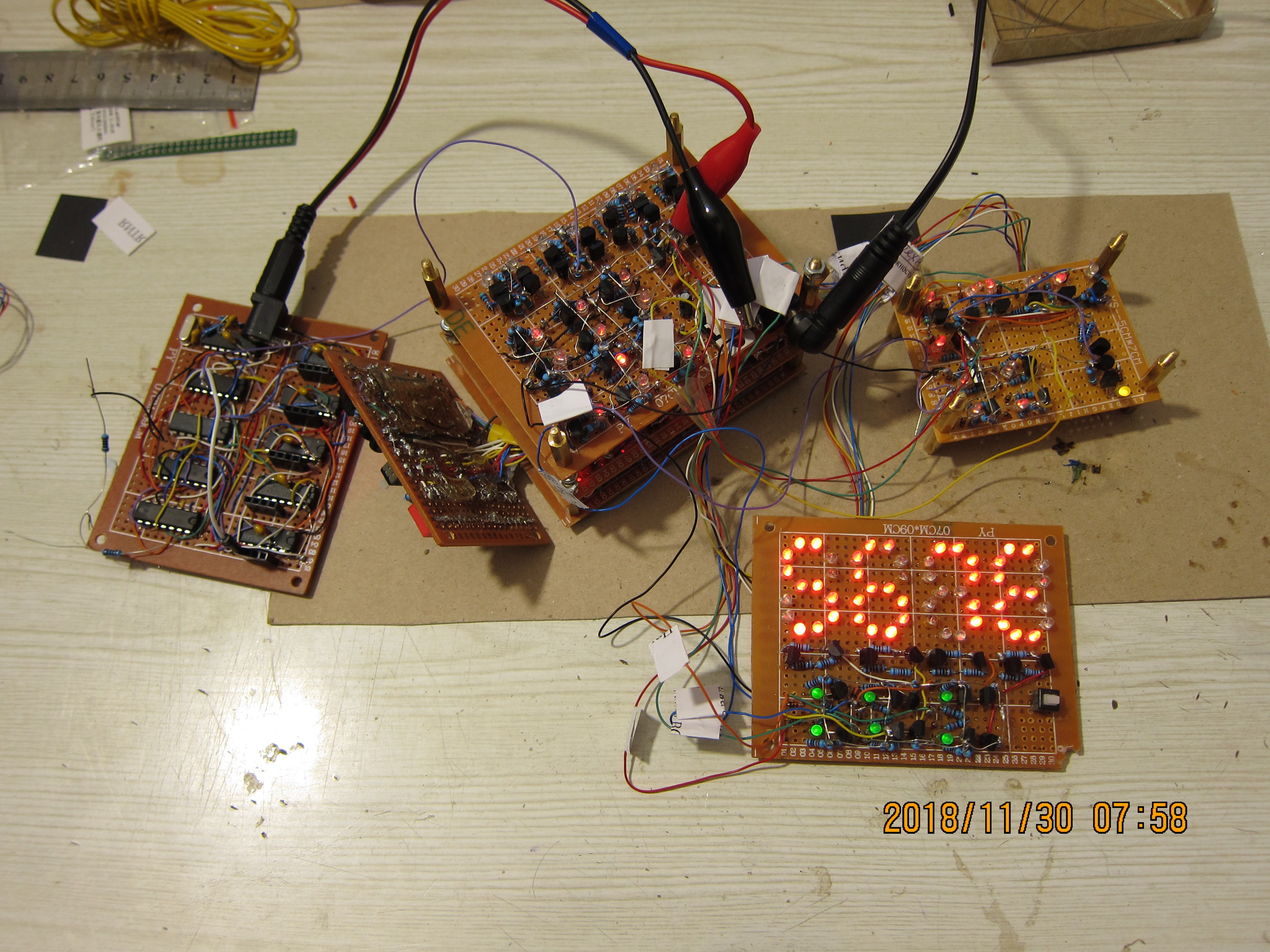
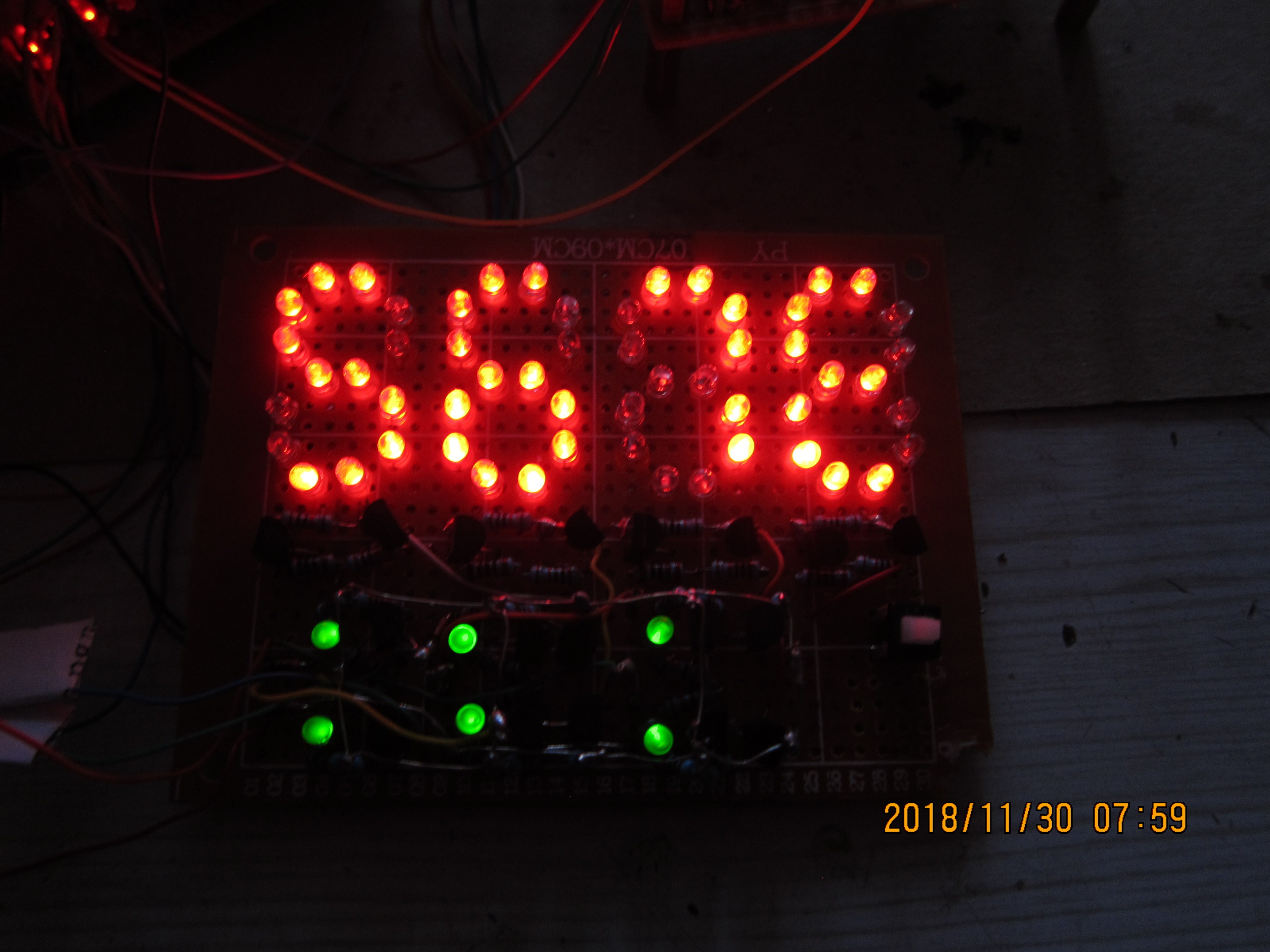

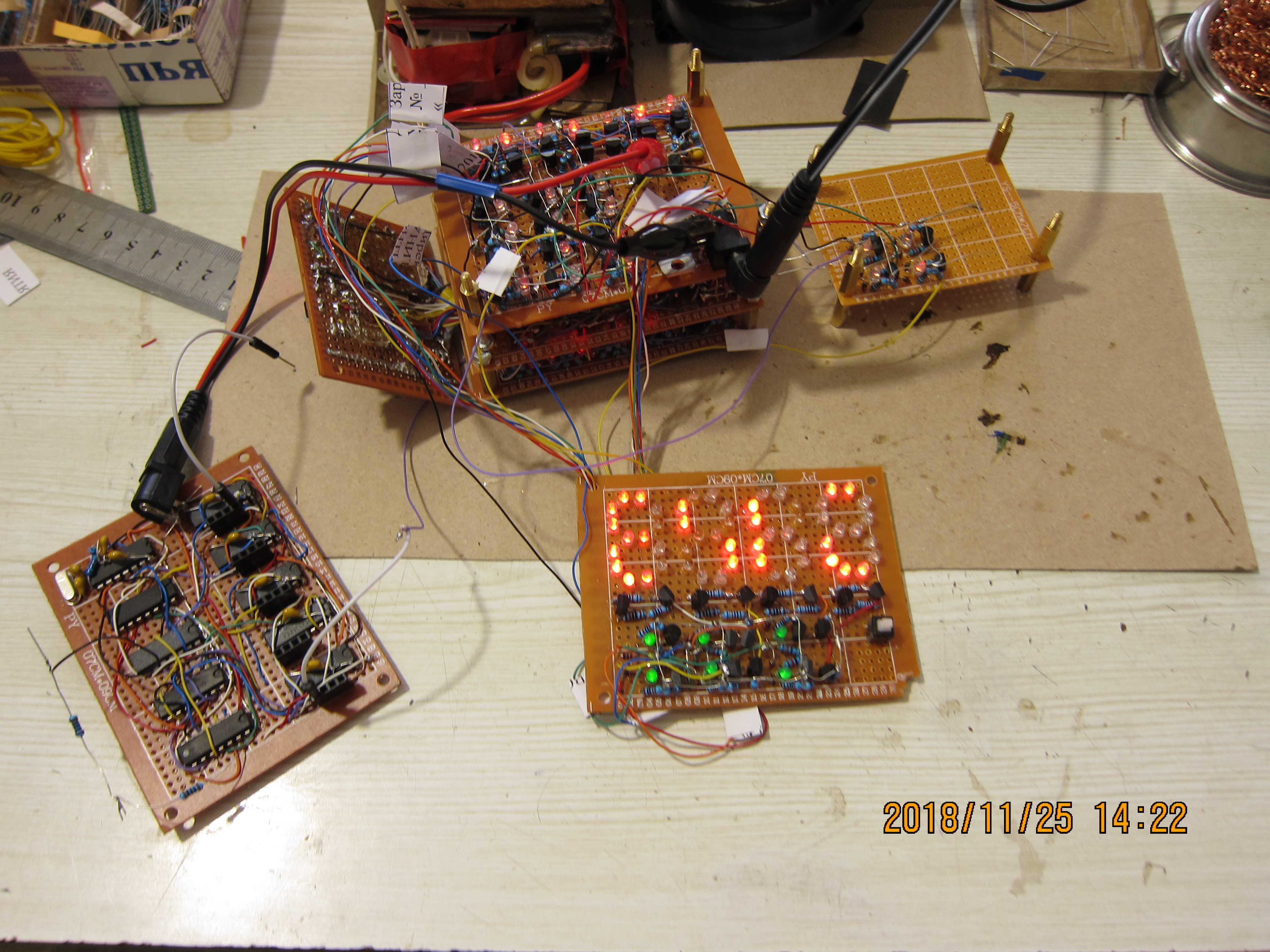
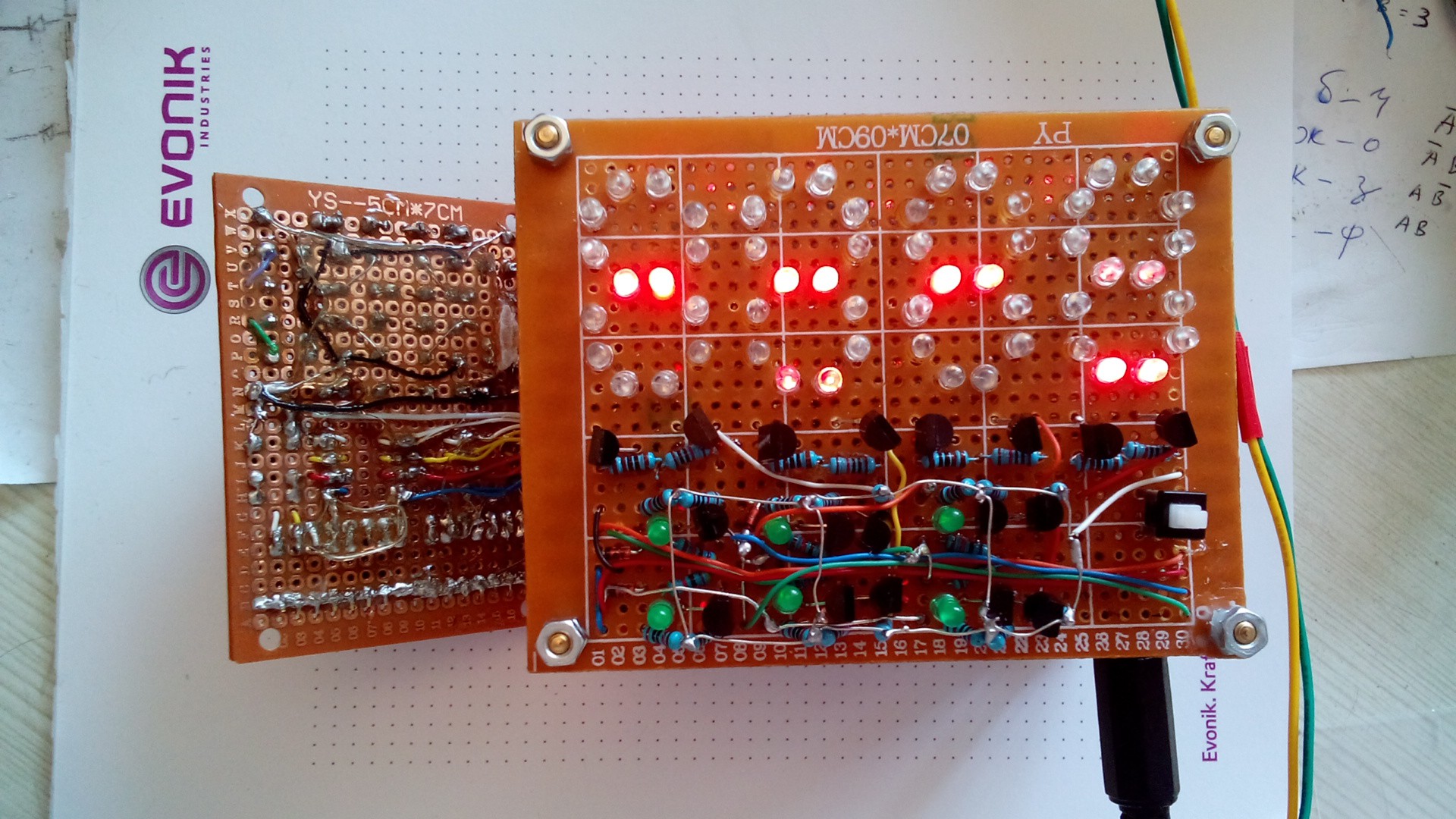
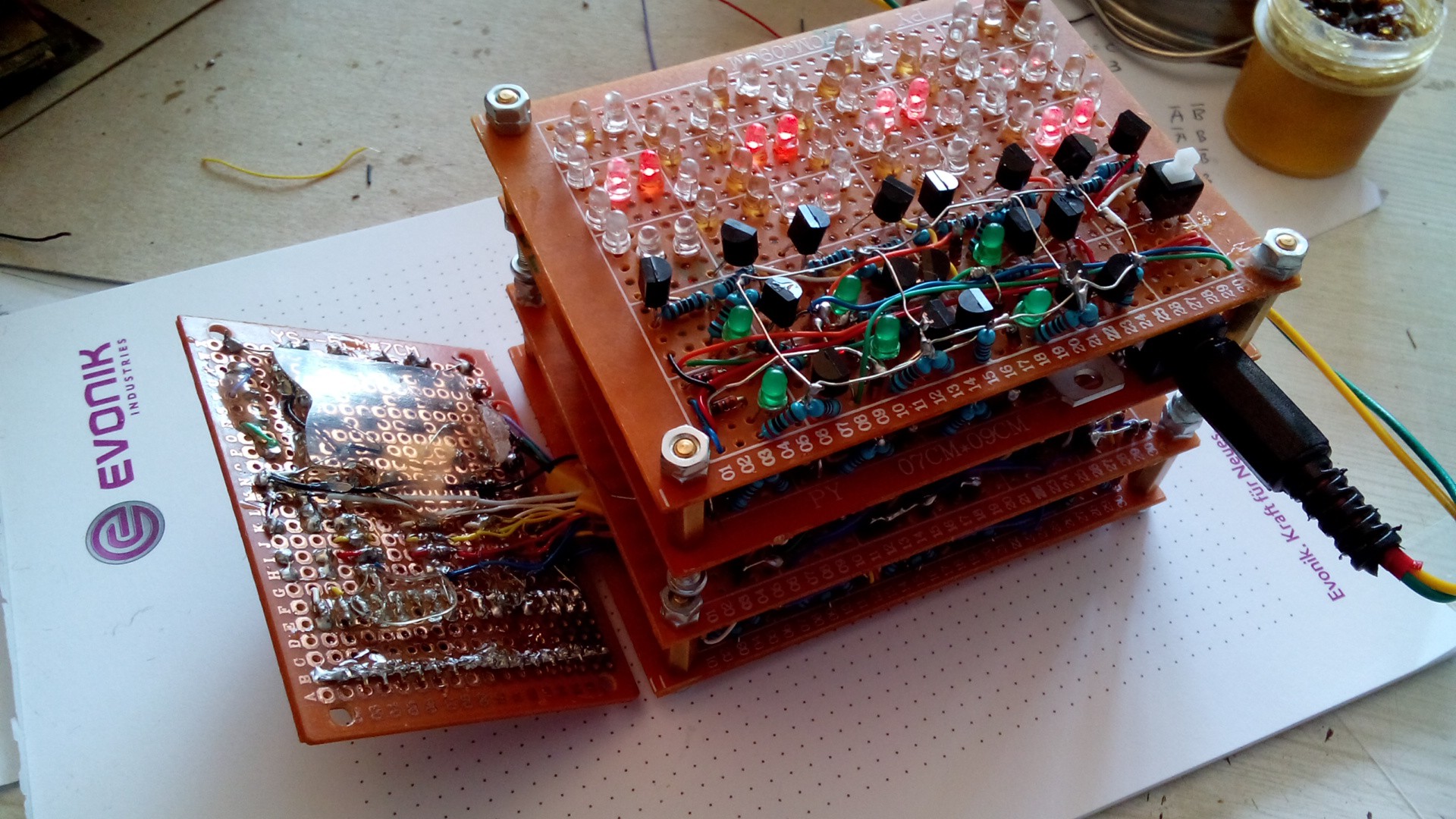

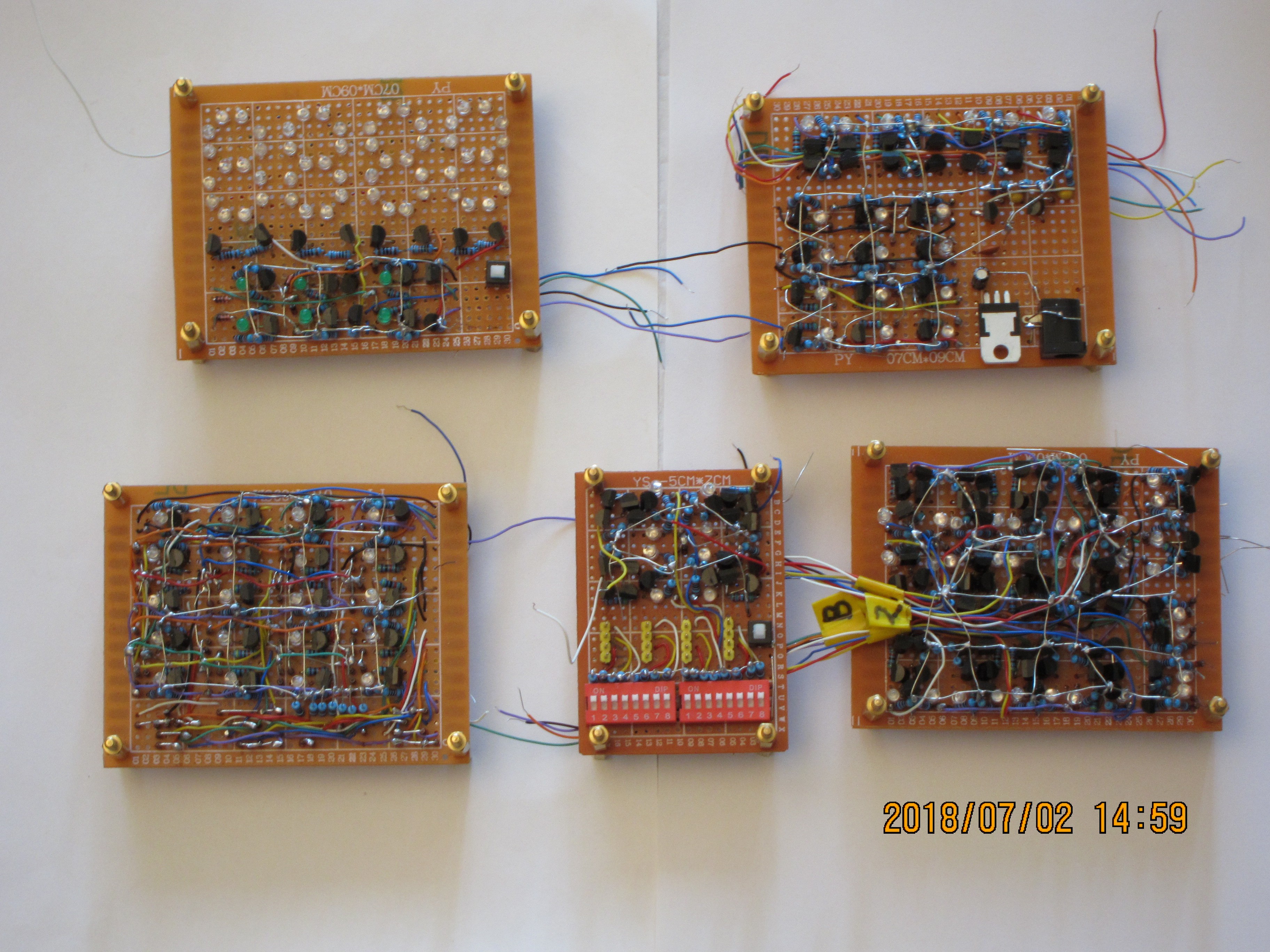
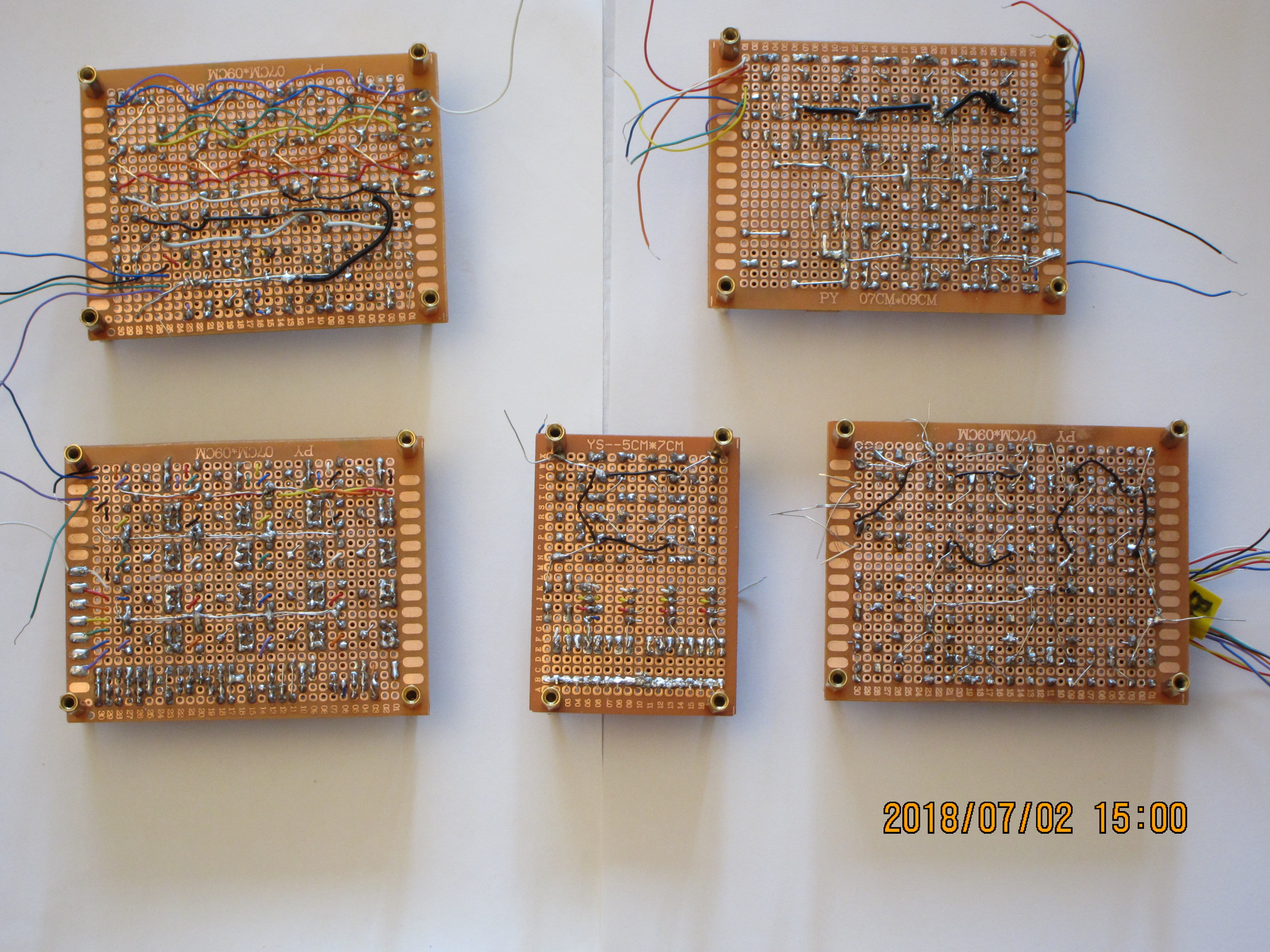

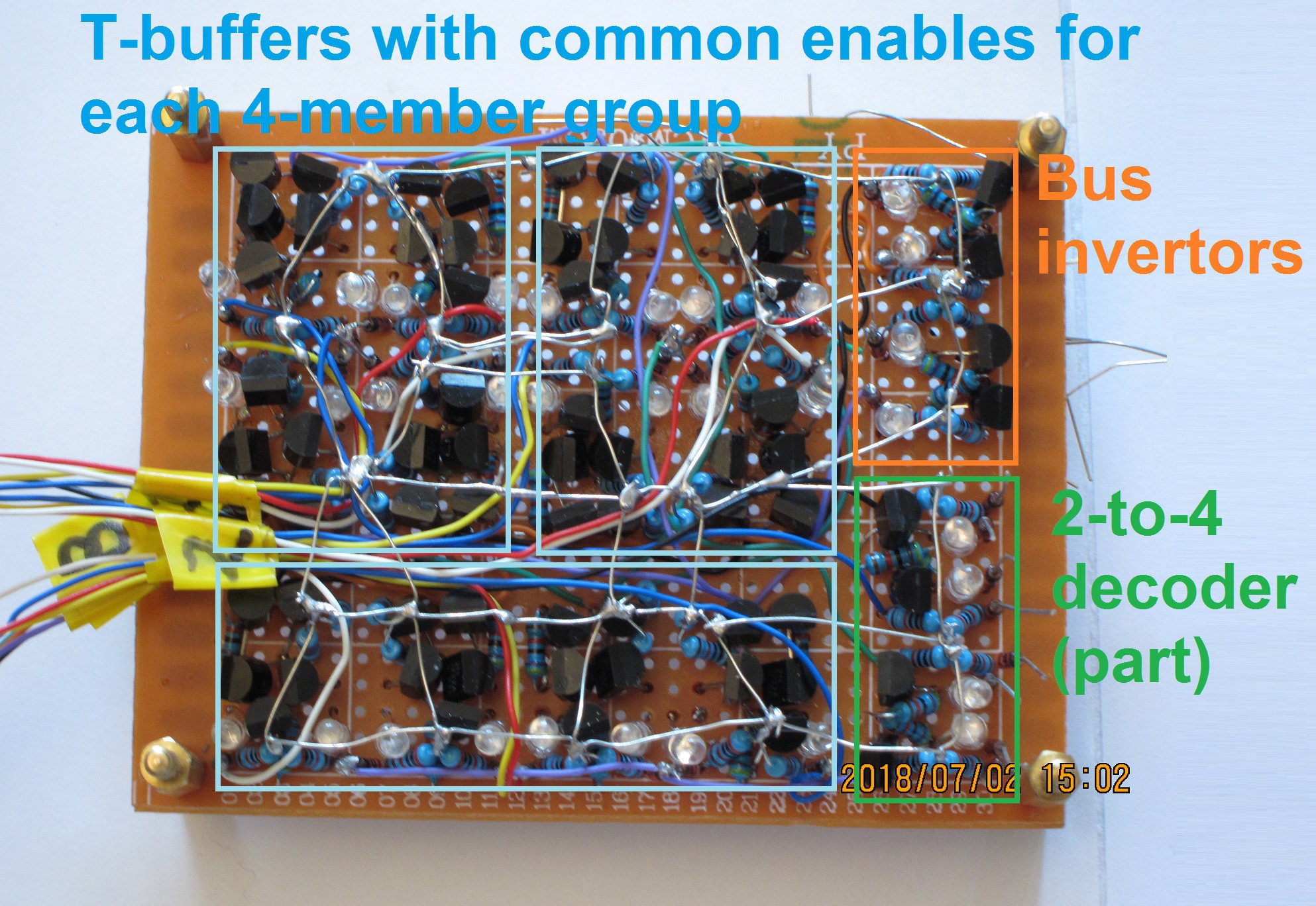
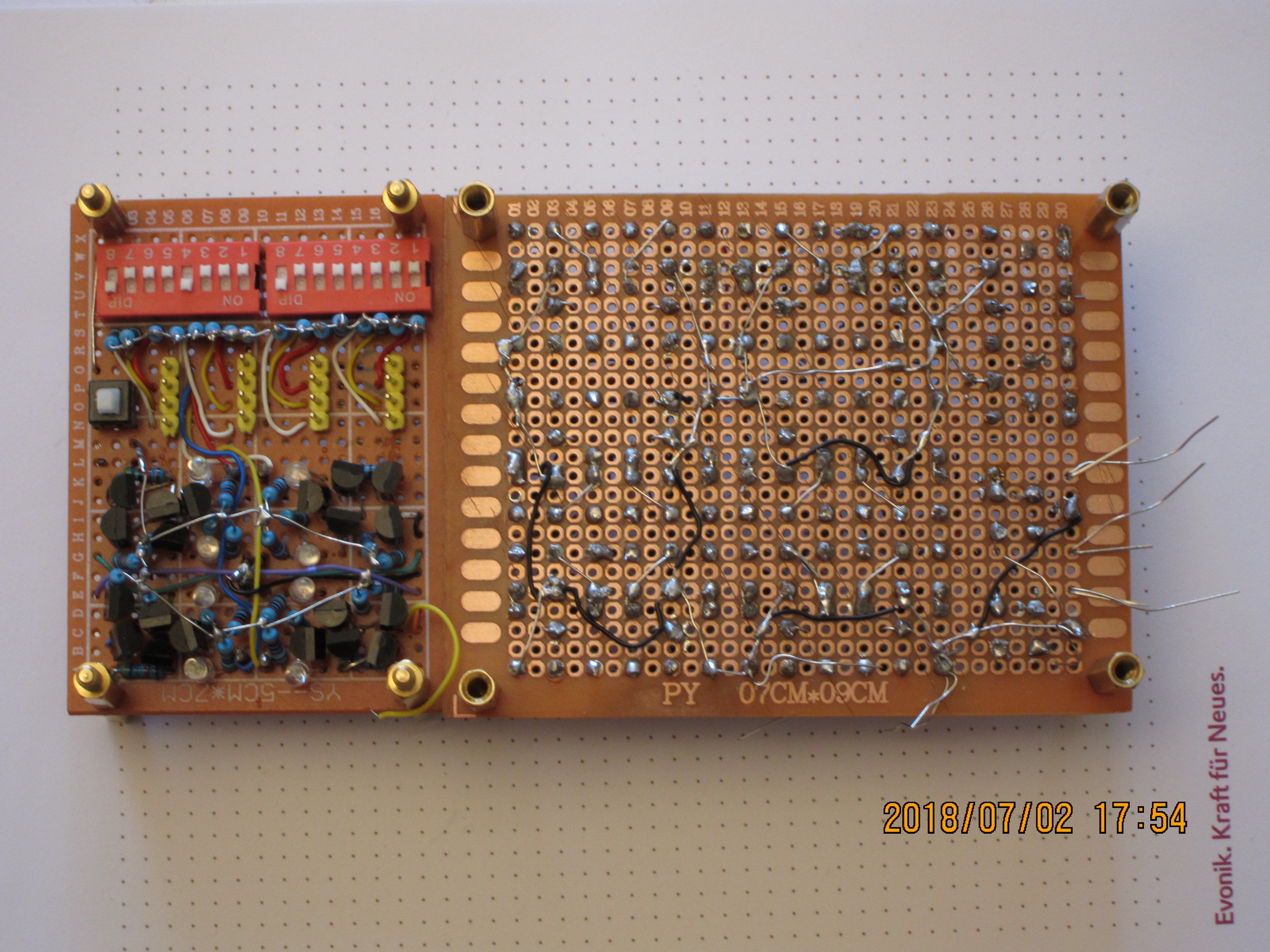



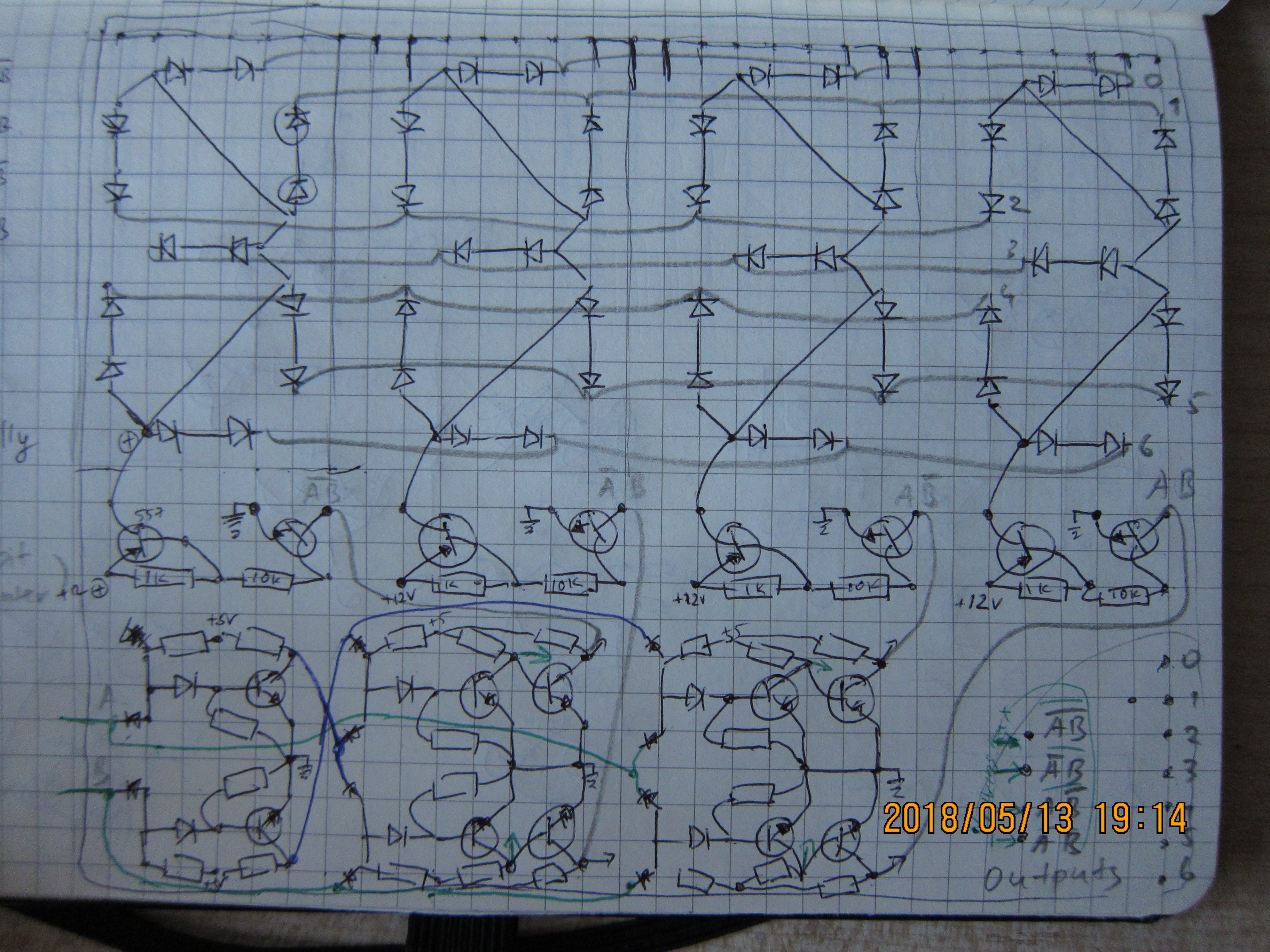

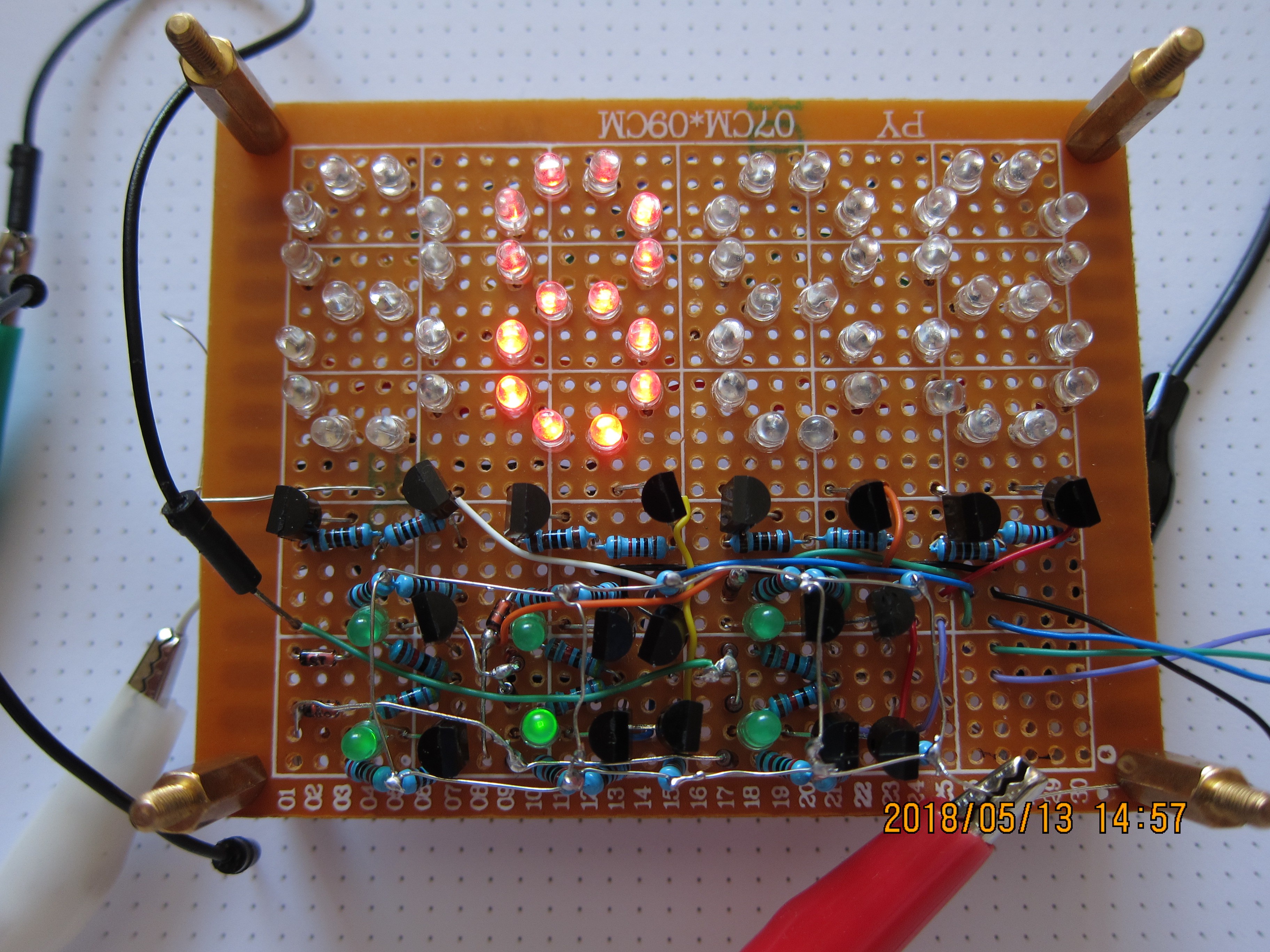


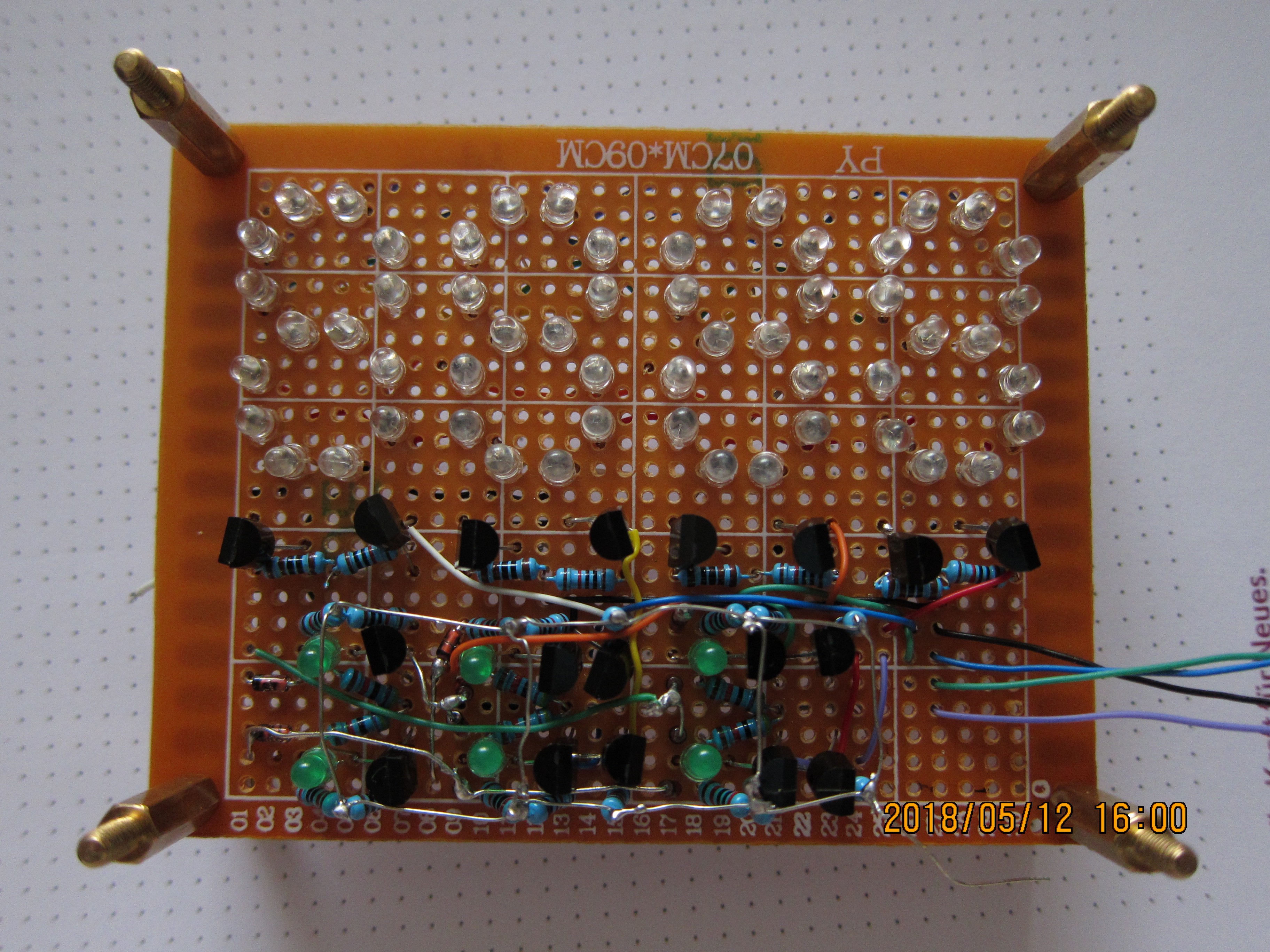
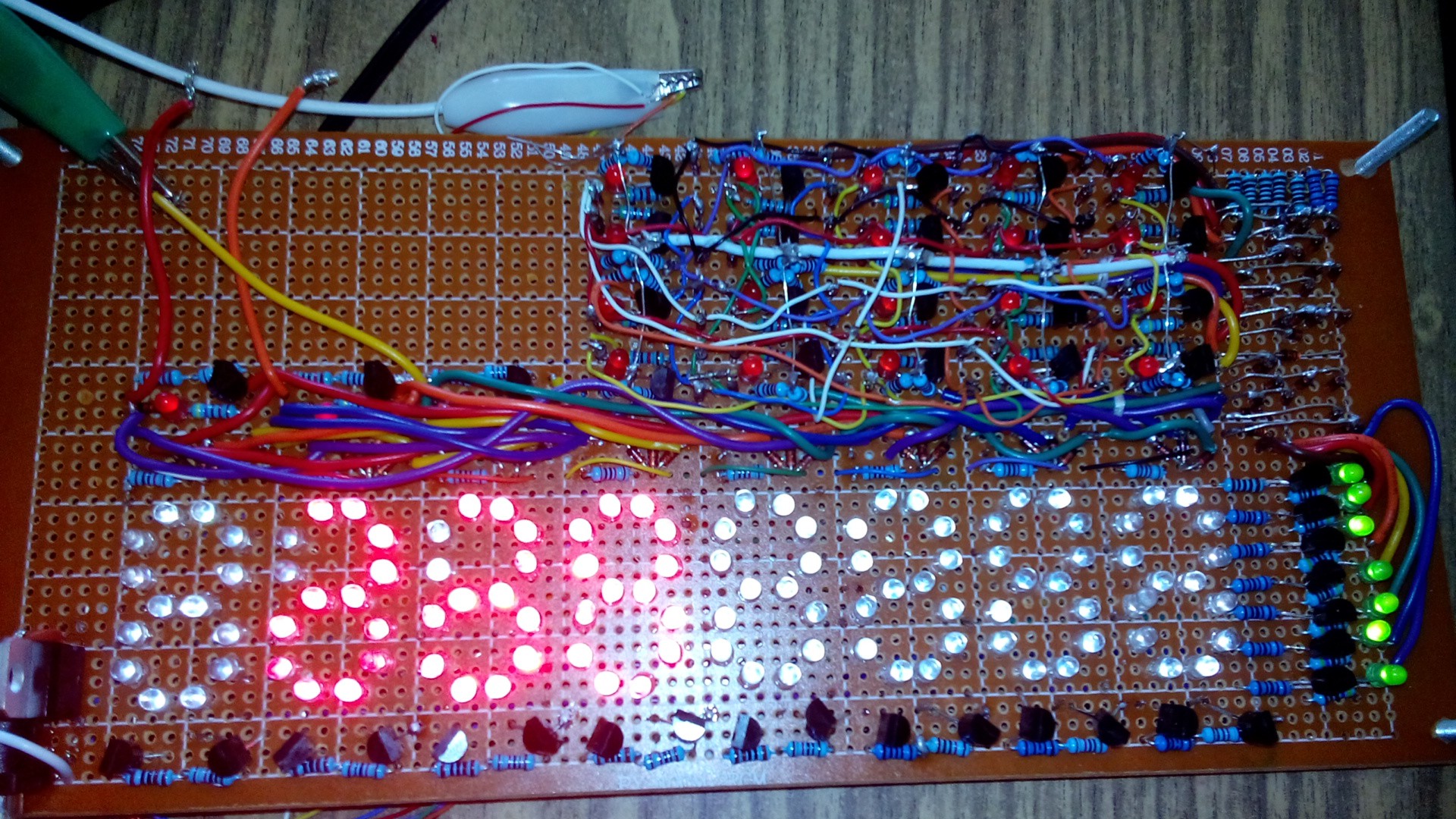


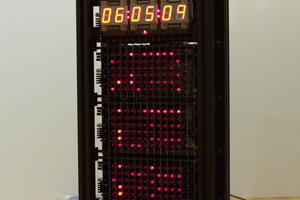
 Ted Yapo
Ted Yapo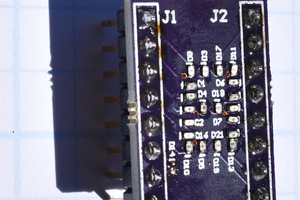
 Bharbour
Bharbour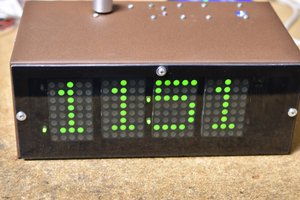

 Ken Yap
Ken Yap
Good job, thats what hacking is all about :-D